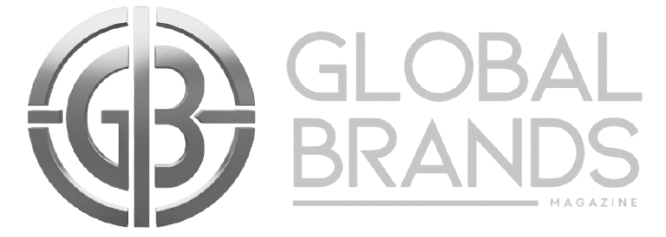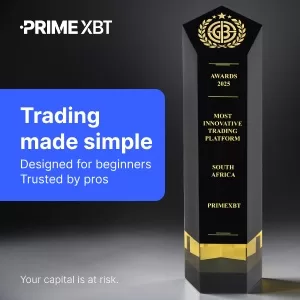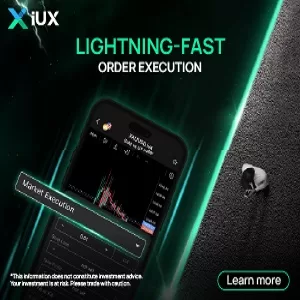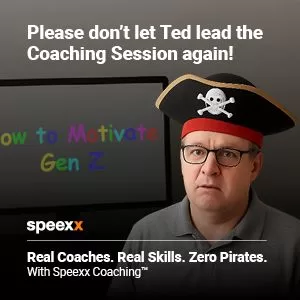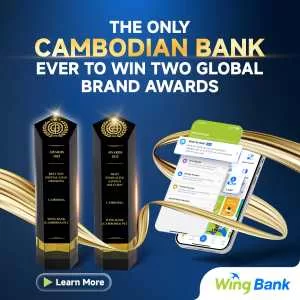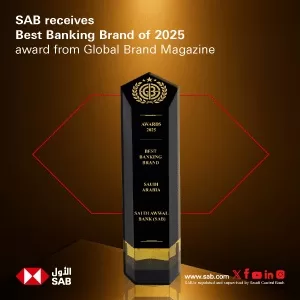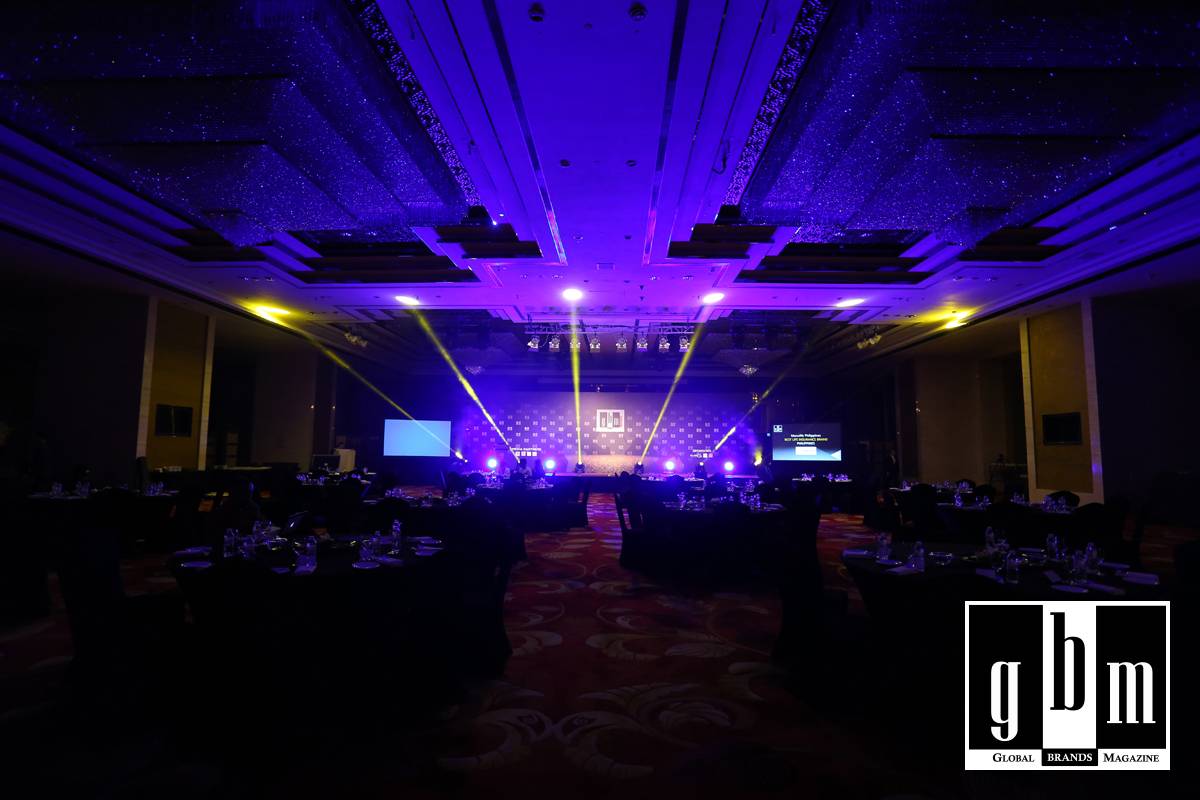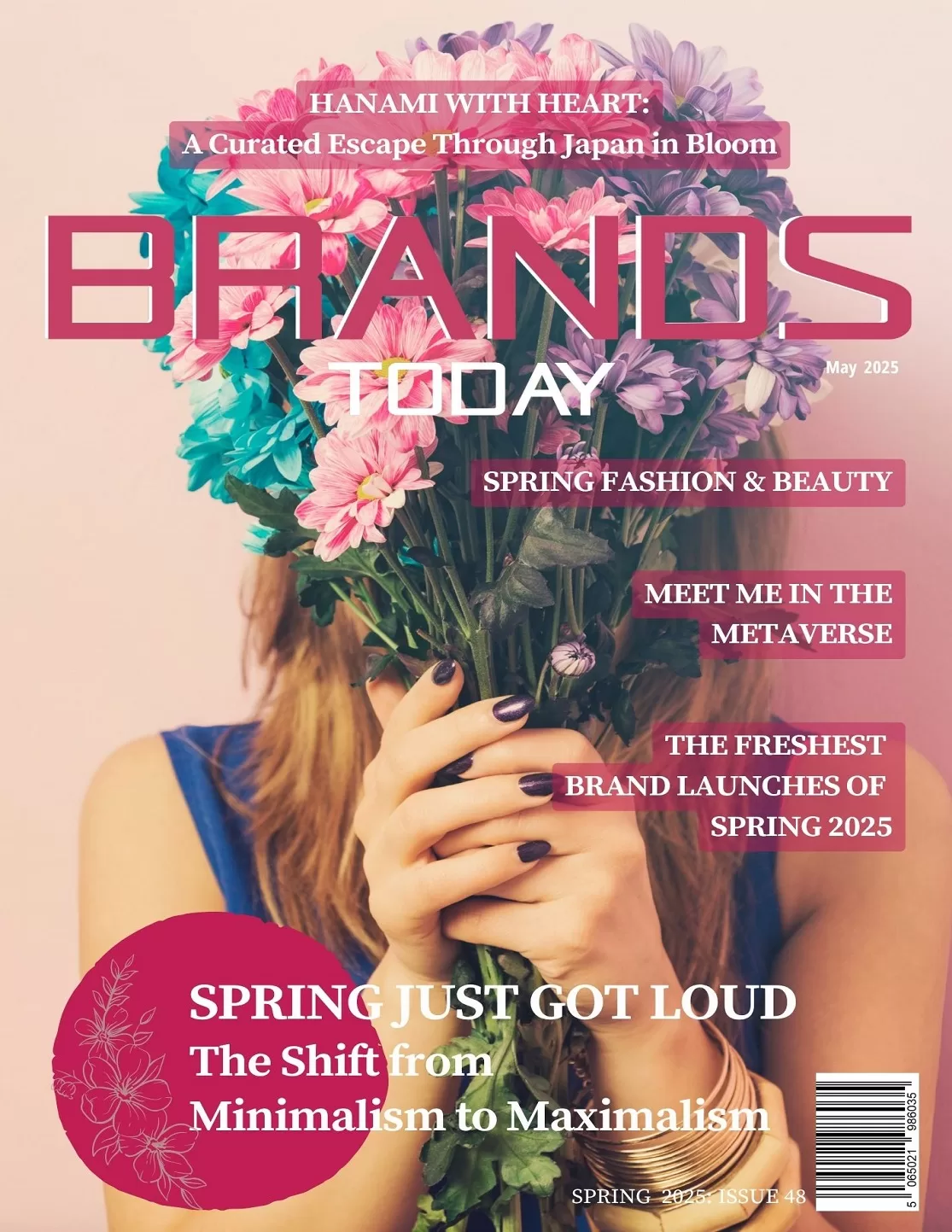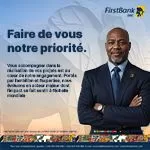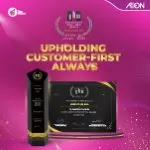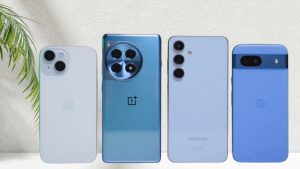Game, Set… Swipe? How the US Open Is Rewriting the Rulebook
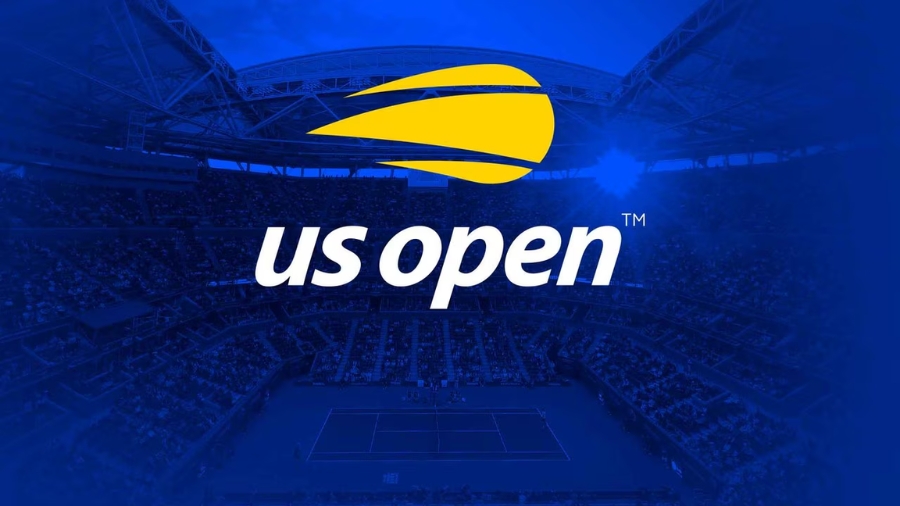
- The US Open now has a dating show filmed courtside during Fan Week.
- It might be the most surprising—and strategic—sports marketing play of the year.
I cover sports for a living. I’ve reported from rain delays, five-set marathons, and locker room blow-ups. But this one caught me off guard. A dating show? At the US Open?
Yes, that US Open. The one with Arthur Ashe. The one where Serena made history. The one where Federer waved goodbye. Now, it’s the backdrop for a reality dating series where seven singles compete for a tennis-loving bachelorette—on the grounds of a Grand Slam.
Game. Set. Matchmaker is no parody. It’s a real production, filmed during Fan Week 2025, launching August 24 on the US Open’s digital platforms. The United States Tennis Association (USTA) is producing the series. The show features Ilana Sedaka, a 24-year-old comedian and former figure skater, who goes on dates with suitors at the Billie Jean King National Tennis Centre.
It sounds ridiculous. But it is the future of sports marketing.
The US Open Is Already a Global Brand Machine
To be clear: the US Open is not desperate for attention. It’s the most-attended tennis event on Earth. In 2023, it brought in a record-breaking 957,387 attendees over three weeks, including Fan Week. It’s a magnet for sponsorship from brands like American Express, Chase, IBM, Rolex, Emirates, and Ralph Lauren. The scale is massive.
And that’s what makes this pivot so wild. Because the US Open isn’t chasing relevance—it’s recalibrating how relevance is defined.
While exact Nielsen numbers aren’t public, it’s widely acknowledged that younger viewers are underrepresented in traditional tennis audiences. Betches Media, though not officially confirmed as a production partner, is referenced in various media as a brand model with strong Gen Z and millennial reach, often cited at over 25 million monthly users.
What This Means for Brand Partnerships and Entertainment Strategy
This isn’t just fun content. It’s branded entertainment. And it’s extremely strategic.
Branded entertainment is content designed to entertain first, sell second. In Game. Set. Matchmaker, you won’t just see logos. You’ll see a lifestyle. Ralph Lauren, already the tournament’s official outfitter, could style the dates. Dobel Tequila and Moët & Chandon—both confirmed US Open partners—are expected to be featured. Glossier or Fenty Beauty might not be involved, but their kind of integration would make strategic sense.
This is what sports marketers dream of: narrative-led, brand-integrated, social-first content that doesn’t interrupt fans—it pulls them in.
While the specific “55% of Gen Z prefer brand entertainment over ads” stat from Morning Consult isn’t publicly confirmed, their published research consistently shows Gen Z responds better to authentic, entertainment-driven brand experiences.
From Tennis Marketing to Gen Z Marketing
The US Open has always been bold. It was the first Grand Slam to offer equal prize money and introduced night sessions decades ago. Now it’s embracing attention as a new metric of success.
With Gen Z consuming most media via short-form video, sports events are under pressure to evolve. The US Open dating show is a direct response. It’s an attempt to reach audiences who might not watch four-hour broadcasts but will binge 90-second reels.
While some stats like “40% first-time attendees” and “26% ticket sales increase” aren’t independently verifiable, USTA has confirmed ongoing growth and digital investment. Their social following has also expanded significantly, with the US Open and USTA accounts collectively drawing millions.
This Isn’t Just Tennis. It’s a Cultural Blueprint
Game. Set. Matchmaker. It isn’t just about boosting engagement. It’s testing what happens when sports marketing meets reality TV branding.
Could other events follow? The NBA All-Star Weekend? The Olympics? The Super Bowl? Absolutely.
If sports want to own cultural moments, it has to go beyond play-by-play. It has to tap into emotional storytelling, viral formats, and fan immersion. This dating show is one example—and a smart one.
And yes, it’s a little awkward. But so was Netflix‘s Drive to Survive until it made F1 cool to a generation that didn’t even have a driver’s license.
What Happens Next?
The show’s premiere aligns with the first day of the US Open main draw. The finale is confirmed to air on the day of the women’s final, aligning with the US Open’s schedule. That would be strategic: high viewership, emotional crescendo, and peak branding opportunities.
Tennis purists are already grumbling online. Comments range from “unacceptable” to “cringe”. But that’s the point. This show isn’t for fans tracking ATP seedings. It’s for the ones scrolling for something different.
This is content for a generation that prefers character arcs over stat lines.
As a Reporter, I’m Still Confused. But Also Kind of Impressed.
The sport I cover is evolving. And honestly? It has to. The fundamentals remain, but the game around the game needs new plays.
So if a dating show at a Grand Slam is what it takes to start conversations, reach new fans, and build new brand partnerships, then I’m here for it.
Just don’t ask me to hand out the final rose.
